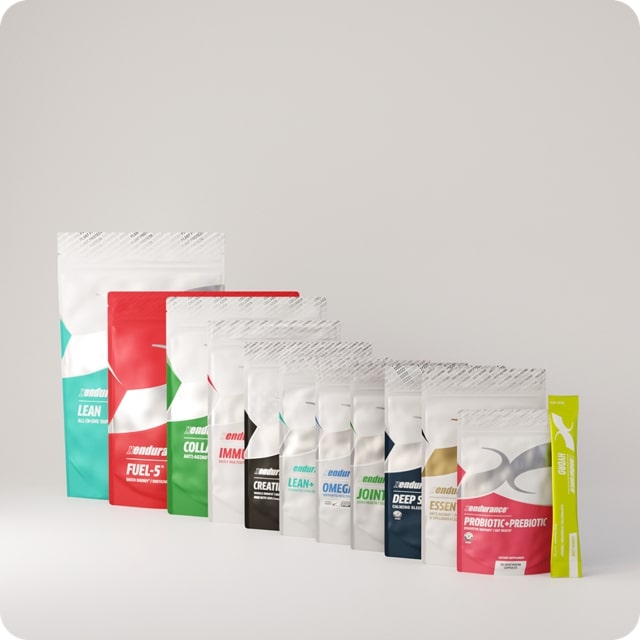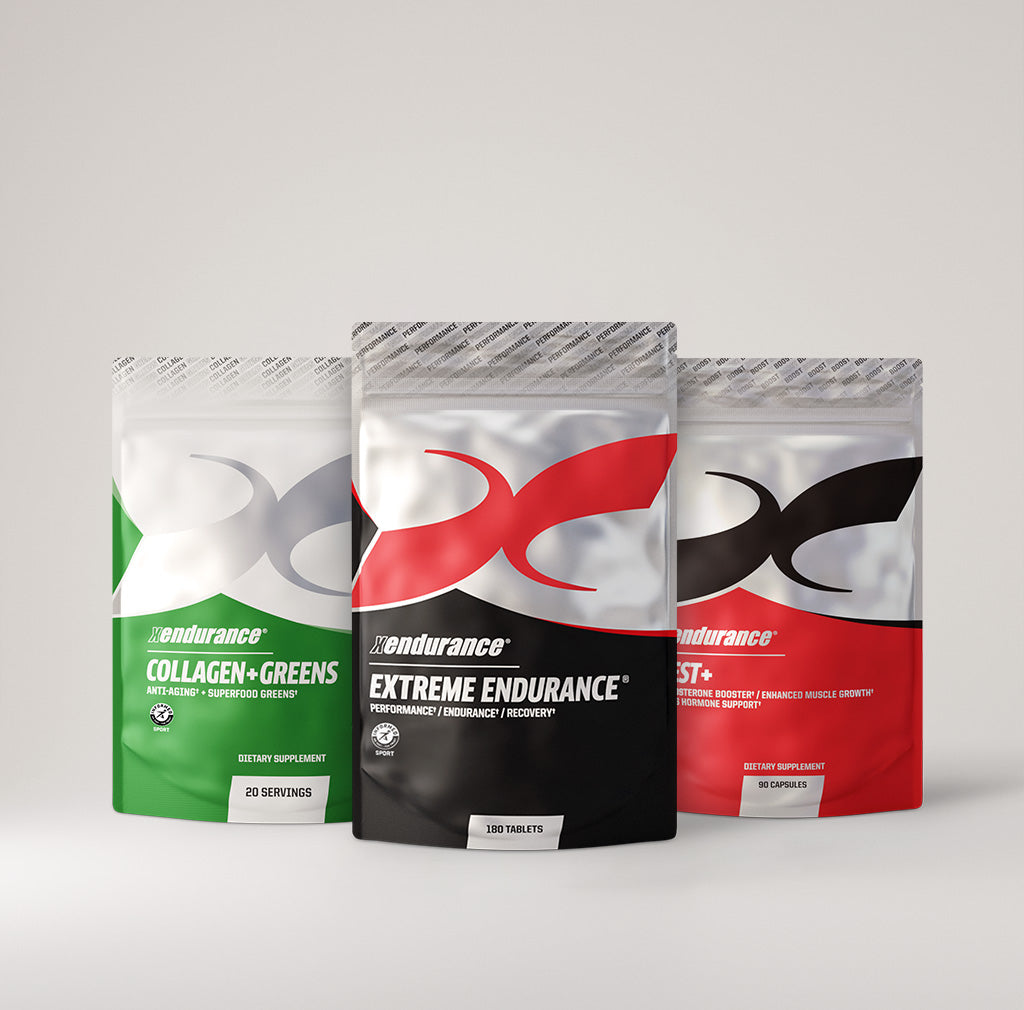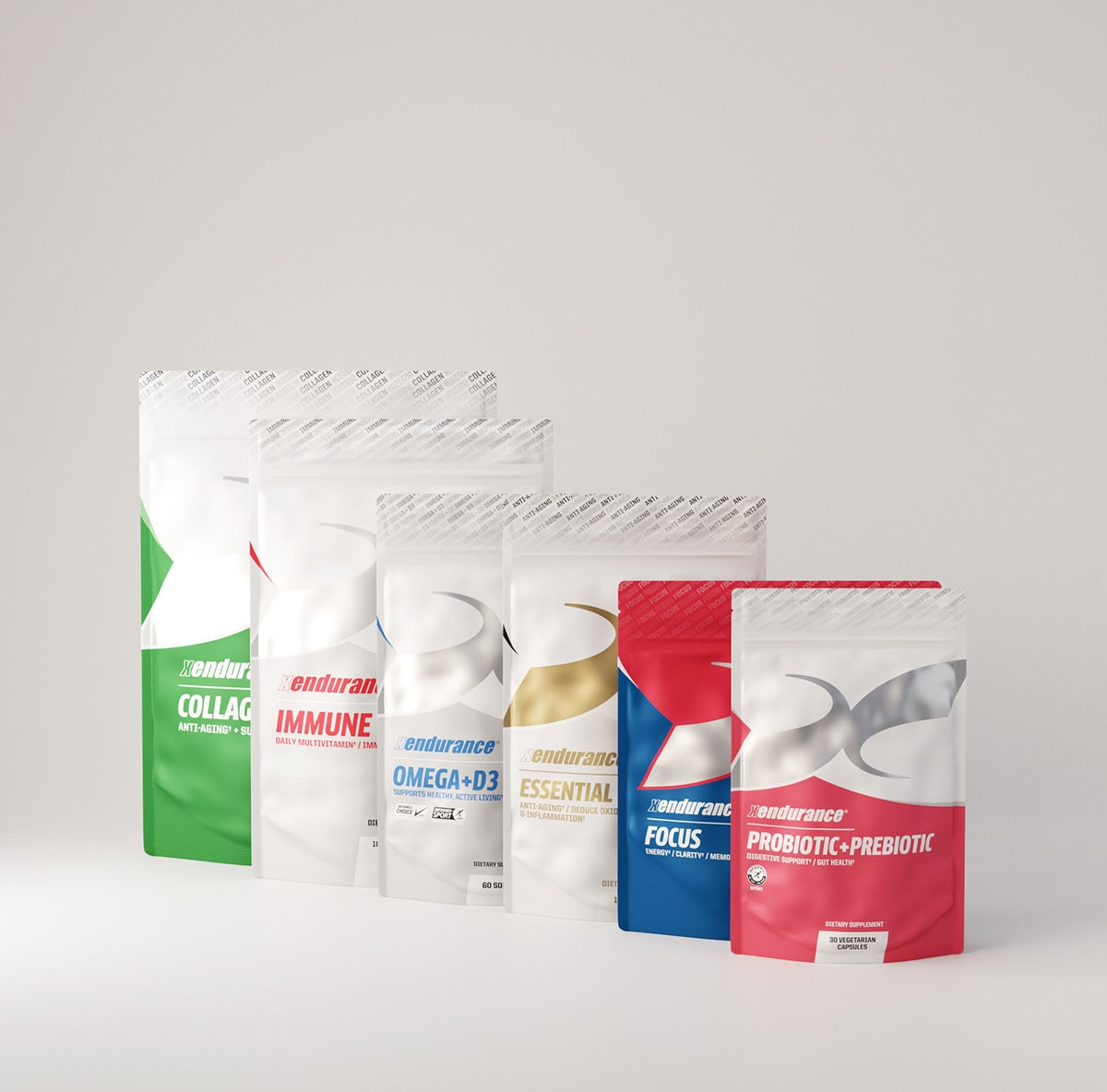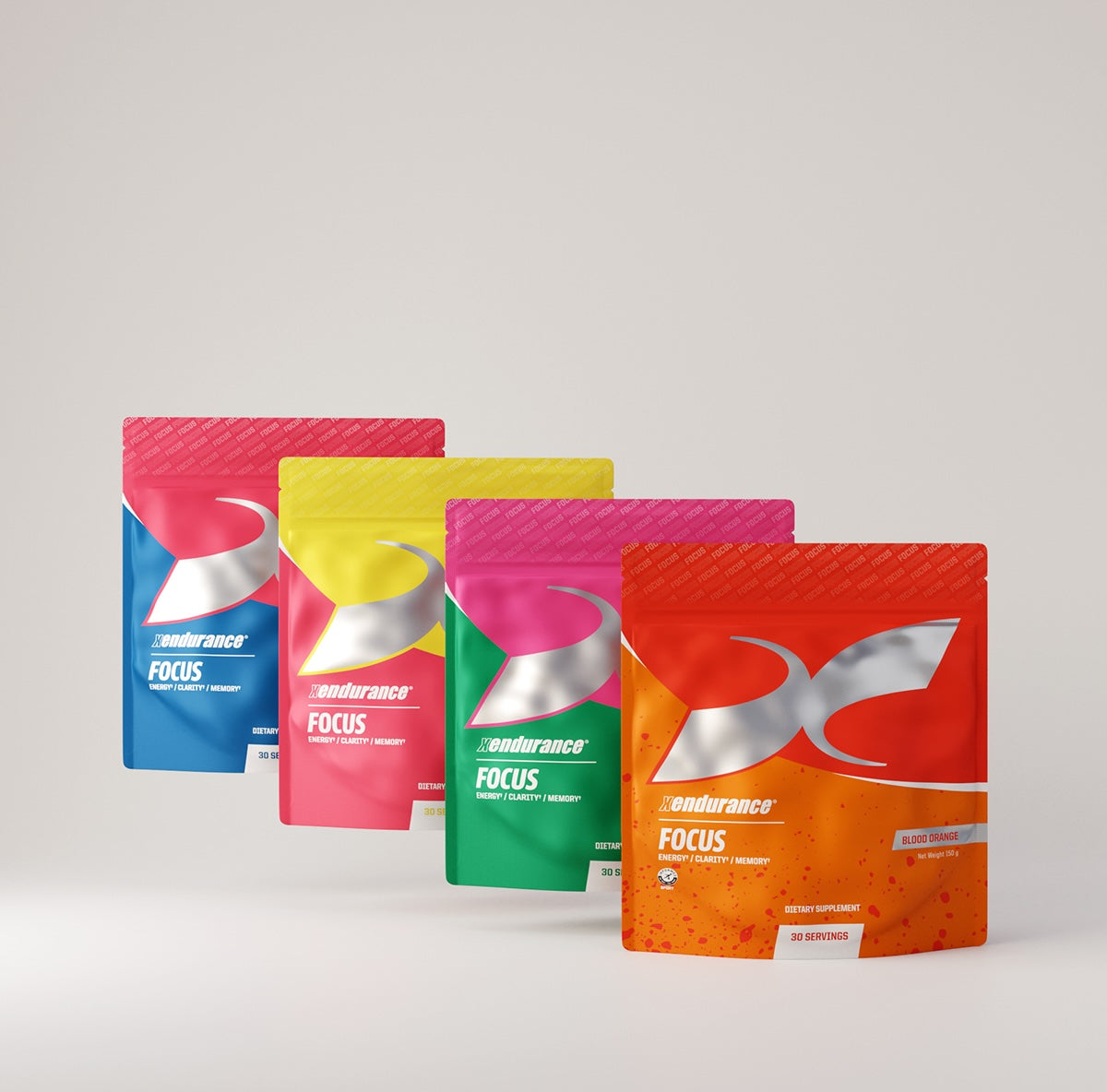Training to failure is a polarizing topic in the fitness world. For some, it’s the ultimate path to muscle growth, pushing the body to its limits to spark hypertrophy. For others, it’s a risky strategy that invites injury and overtraining. This blog explores the benefits of training to failure, its pros and cons, the role of resistance training, the science of hypertrophy, and whether failure is necessary for muscle growth. Backed by studies, we’ll unpack the nuances to help you decide if training to failure is right for your fitness journey.
What is Resistance Training?
Resistance training involves exercises that cause muscles to contract against an external force, such as weights, resistance bands, or body weight, to improve strength, endurance, and muscle size. It’s the cornerstone of muscle-building programs, encompassing activities like weightlifting, bodyweight exercises (e.g., push-ups), and machine-based workouts. Resistance training works by creating micro-tears in muscle fibers, which repair and grow stronger during recovery, a process central to hypertrophy.
The intensity, volume (sets and reps), and rest intervals in resistance training can be manipulated to target specific goals—strength, endurance, or muscle size. Training to failure, where you perform reps until you can no longer complete another with proper form, is one high-intensity strategy within resistance training, often used to maximize muscle stress and growth.
What is Hypertrophy, and Where Does It Come Into Play?
Hypertrophy is the increase in muscle size due to the growth of muscle fibers, primarily through resistance training. It occurs when the body repairs micro-tears in muscle fibers caused by mechanical tension, metabolic stress, and muscle damage—the three key drivers of muscle growth. There are two types of hypertrophy:
- Sarcoplasmic hypertrophy: Increases the volume of fluid and energy-storing components in muscle cells, leading to a larger, “pumped” appearance.
-
Myofibrillar hypertrophy: Increases the size and density of contractile proteins, enhancing strength and muscle compactness.
Hypertrophy comes into play in resistance training when the goal is to increase muscle size, as opposed to pure strength or endurance. Training to failure is often associated with hypertrophy because it maximizes mechanical tension and metabolic stress by recruiting all available muscle fibers, especially the high-threshold Type II fibers with the greatest growth potential.
Benefits of Training to Failure
Training to failure can offer several advantages, particularly for those chasing muscle hypertrophy. Here are the key benefits, supported by research:
- Enhanced Muscle Hypertrophy: Training to failure ensures maximum motor unit recruitment, including Type II fibers, which have high growth potential. A 2022 meta-analysis found that trained individuals experience slightly greater hypertrophy when training to failure, especially with low loads (e.g., 30–50% 1RM).
- Breaking Plateaus: For advanced lifters, training to failure can push past stagnant progress by increasing intensity and stimulating adaptation. Studies suggest it helps experienced lifters overcome plateaus by maximizing muscle fiber recruitment.
- Mental Toughness: Pushing to failure builds mental resilience, teaching lifters to endure discomfort and maintain focus under fatigue. This psychological benefit can translate to better performance in other high-intensity workouts.
- Efficiency with Low Loads: Failure training with lighter weights can produce hypertrophy similar to high-load training, making it accessible for those without heavy equipment. A 2015 study by Schoenfeld et al. showed low-load training to failure yielded comparable muscle growth to high-load training, though with higher volume.
- Increased Muscle Endurance: Training to failure can enhance local muscle endurance by pushing muscles to adapt to prolonged stress.
Pros and Cons of Training to Failure
Pros
- Maximized Muscle Stress: Failure ensures all motor units are engaged, optimizing hypertrophy.
- Versatility: Effective with both low and high loads, offering flexibility in programming.
- Plateau Buster: Helps advanced lifters progress when standard training stalls.
-
Mental Edge: Builds discipline and pain tolerance, valuable for competitive athletes.
Cons
- Increased Fatigue: Failure training demands longer recovery, potentially reducing training frequency. A 2015 study noted that excessive failure training causes disproportionate fatigue, impacting subsequent workouts.
- Injury Risk: Pushing to failure, especially with heavy compound lifts, can lead to form breakdown and injury. Research highlights higher injury risk with failure training due to poor technique under fatigue.
- Not Always Necessary: A 2021 meta-analysis by Grgic et al. found no significant hypertrophy or strength advantage when volume is equated, suggesting failure isn’t mandatory for gains.
- Mental Drain: Constant failure training can reduce motivation and increase workout dread, potentially lowering adherence.
- Cortisol Spikes: Overusing failure may elevate cortisol levels, potentially hindering long-term muscle growth.
Is Training to Failure Necessary for Muscle Growth?
The science is clear: training to failure is not necessary for muscle growth, but it can be beneficial in specific contexts. A 2021 systematic review by Grgic et al. found that non-failure training (stopping 1–5 reps short of failure) produces similar hypertrophy and strength gains when training volume is equated. The key driver of hypertrophy is progressive overload—gradually increasing weight, volume, or intensity over time—rather than always reaching failure.
However, failure training may offer a slight edge for:
- Trained Individuals: Advanced lifters may need the extra intensity to stimulate growth, as their muscles are more resistant to adaptation.
- Low-Load Training: Failure is more effective with lighter weights to compensate for lower mechanical tension.
-
Breaking Plateaus: Occasional failure sets can shock the system and spark growth.
For beginners and intermediates, training 1–3 reps in reserve (RIR) is often sufficient for hypertrophy while minimizing fatigue and injury risk.
Can Supplements Like Extreme Endurance Help Training to Failure?
Supplements such as Xendurance’s Extreme Endurance, a performance enhancer, can support intense training, including failure-based workouts. Here’s how:
- Reducing Oxidative Stress: Intense training, especially to failure, generates oxidative stress, which contributes to cellular damage and aging. A clinical study on Extreme Endurance demonstrated a remarkable 39% reduction in oxidative stress after just 10 days of use. By mitigating this stress, the supplement helps counteract the cellular strain caused by pushing muscles to their limits, supporting long-term training sustainability.
- Buffering Lactic Acid: Training to failure often leads to lactic acid buildup, causing the burning sensation that limits performance. Extreme Endurance was proven to reduce lactic acid by 26%, thereby decreasing muscle soreness.
- Enhancing Recovery and Reducing Soreness: Failure training creates significant muscle damage, leading to delayed onset muscle soreness (DOMS). Since 2008, Extreme Endurance has been shown to reduce soreness and improve recovery time in studies.
How to Train Safely When Going to Failure
Training to failure can be effective, but requires careful planning to avoid injury and burnout. Here are evidence-based tips for safe failure training:
- Choose the Right Exercises: Reserve failure for safer movements like machine-based exercises (e.g., leg press, chest press) or isolation exercises (e.g., bicep curls, leg extensions). Avoid failure on heavy compound lifts like squats or deadlifts, where form breakdown risks injury.
- Use Technical Failure: Stop when form breaks down, not when you can’t move the weight at all (muscular failure). This reduces injury risk while still pushing intensity.
- Limit Failure Sets: Use failure sparingly—on the last set of an exercise or 1–2 times per week. A 2024 review in Sports Medicine suggests training close to failure (0–5 RIR) is sufficient for growth without excessive fatigue.
- Cycle Failure Training: Incorporate failure for 4–8 weeks, followed by non-failure phases to prevent overtraining.
- Prioritize Recovery: Increase rest intervals (60–90s for hypertrophy, 2–3 min for strength) and ensure 7–8 hours of sleep to support recovery. Failure training increases recovery demands.
- Warm Up Thoroughly: Perform dynamic warm-ups and lighter sets to prepare muscles and joints, reducing injury risk.
- Use a Spotter or Safety Equipment: For free-weight exercises, have a spotter or use safety bars/pins to prevent accidents.
- Listen to Your Body: Avoid failure if overly fatigued or sore. Overuse can lead to overtraining syndrome, reducing gains.
- Work with a Trainer: Beginners should consult a certified trainer to learn proper form and gauge safe failure points.
Is Training to Failure Right for You?
Training to failure can be a powerful tool for hypertrophy, especially for advanced lifters or those using low loads, but it’s not essential for muscle growth. Progressive overload, proper nutrition, and recovery drive gains, with failure as an optional intensity booster. Its benefits—enhanced muscle stress, plateau-breaking, and mental toughness—come with risks like fatigue, injury, and reduced motivation. Supplements like Extreme Endurance can support daily training by reducing fatigue and aiding recovery, but there is also a need for smart programming.
To train safely, limit failure to specific exercises, use technical failure, cycle its use, and prioritize recovery. Beginners should focus on 1–3 RIR, while advanced lifters can experiment with failure strategically. Consult a trainer and listen to your body to balance intensity with sustainability.
By understanding the science and applying these principles, you can decide if training to failure fits your goals. Whether you push to the limit or stop short, consistency and progressive overload are the keys to muscle growth.









Leave a comment
This site is protected by hCaptcha and the hCaptcha Privacy Policy and Terms of Service apply.